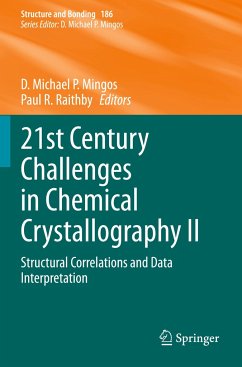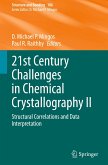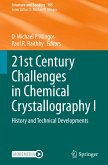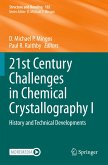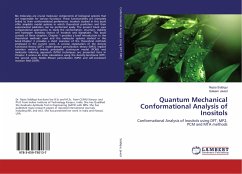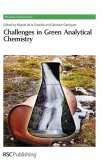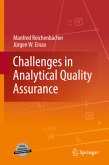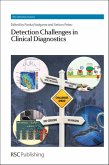This volume summarises recent developments and highlights new techniques which will define possible future directions for small molecule X-ray crystallography. It provides an insight into how specific aspects of crystallography are developing and shows how they may interact or integrate with other areas of science.
The development of more sophisticated equipment and the massive rise in computing power has made it possible to solve the three-dimensional structure of an organic molecule within hours if not minutes. This successful trajectory has resulted in the ability to study ever more complex molecules and use smaller and smaller crystals. The structural parameters for over a million organic and organometallic compounds are now archived in the most commonly used database and this wealth of information creates a new set of problems for future generations of scientists. The volume provides some insight into how users of crystallographic structural data banks cannavigatetheir way through a world where "big data" has become the norm. The coupling of crystallography to quantum chemical calculations provides detailed information about electron distributions in crystals affording a much more detailed analysis of bonding than has been possible previously. In quantum crystallography, quantum mechanical wavefunctions are used to extract information about bonding and properties from the measured X-ray structure factors. The advent of quantum crystallography has resulted in form and structure factors derived from quantum mechanics which have been used in advanced refinement and wavefunction fitting. This volume describes how quantum mechanically derived atomic form factors and structure factors are constructed to allow the improved description of the diffraction experiment. It further discusses recent developments in this field and illustrates their applications with a wide range of examples.
This volume will be of interest to chemists and crystallographers with an interest in the synthesis, characterisation and physical and catalytic properties of solid-state materials. It will also be relevant for the community of computational chemists who study chemical systems. Postgraduate students entering the field will benefit from a historical introduction to the way in which scientists have used the data derived from crystallography to develop new structural and bonding models.
The development of more sophisticated equipment and the massive rise in computing power has made it possible to solve the three-dimensional structure of an organic molecule within hours if not minutes. This successful trajectory has resulted in the ability to study ever more complex molecules and use smaller and smaller crystals. The structural parameters for over a million organic and organometallic compounds are now archived in the most commonly used database and this wealth of information creates a new set of problems for future generations of scientists. The volume provides some insight into how users of crystallographic structural data banks cannavigatetheir way through a world where "big data" has become the norm. The coupling of crystallography to quantum chemical calculations provides detailed information about electron distributions in crystals affording a much more detailed analysis of bonding than has been possible previously. In quantum crystallography, quantum mechanical wavefunctions are used to extract information about bonding and properties from the measured X-ray structure factors. The advent of quantum crystallography has resulted in form and structure factors derived from quantum mechanics which have been used in advanced refinement and wavefunction fitting. This volume describes how quantum mechanically derived atomic form factors and structure factors are constructed to allow the improved description of the diffraction experiment. It further discusses recent developments in this field and illustrates their applications with a wide range of examples.
This volume will be of interest to chemists and crystallographers with an interest in the synthesis, characterisation and physical and catalytic properties of solid-state materials. It will also be relevant for the community of computational chemists who study chemical systems. Postgraduate students entering the field will benefit from a historical introduction to the way in which scientists have used the data derived from crystallography to develop new structural and bonding models.

